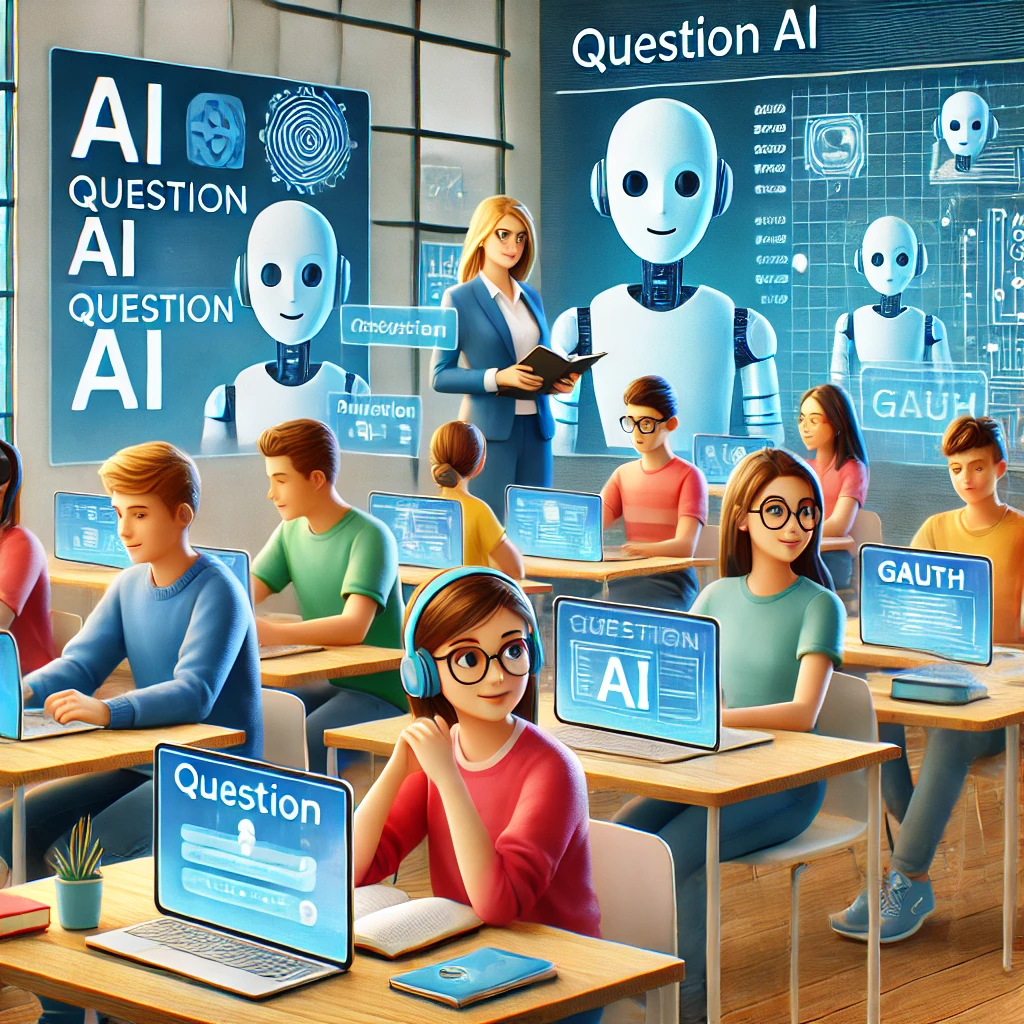Discover how incorporating GPT-4 models into K-12 education can benefit students, teachers, and the overall learning experience. It’s time to embrace AI for a brighter educational future.
As we continue to witness rapid advancements in artificial intelligence, the benefits of integrating AI-powered tools into our daily lives are becoming increasingly apparent. One such AI innovation is the GPT-4 model, which has the potential to revolutionize K-12 education. By incorporating GPT-4 into the current curriculum, we can foster a more engaging, efficient, and personalized learning experience for students. In this blog post, we’ll explore the reasons why GPT-4 should be a key component of K-12 education and its potential impact on the learning process.
- Personalized Learning Experiences
One of the most significant advantages of utilizing GPT-4 models in education is their ability to deliver personalized learning experiences. By analyzing a student’s learning style, interests, and needs, GPT-4 can tailor educational content accordingly, providing a more engaging and effective learning environment. This level of customization can help bridge the gap in education, ensuring that every student has an equal opportunity to succeed.
- Enhancing Teacher Support
Teachers play a critical role in shaping young minds, but they often face overwhelming workloads and limited resources. GPT-4 models can provide valuable support by automating certain administrative tasks, allowing teachers to dedicate more time and energy to their students. Additionally, GPT-4 can serve as a supplementary teaching tool, providing real-time feedback and guidance to help students overcome challenges and comprehend complex concepts more easily.
- Encouraging Collaboration and Communication
GPT-4 models can also promote collaboration and communication among students. By providing instant access to a wealth of information and resources, GPT-4 encourages students to engage in discussions, debate ideas, and work together to solve problems. This collaborative approach fosters critical thinking, problem-solving, and teamwork skills that are essential for success in today’s world.
- Expanding Access to Education
Incorporating GPT-4 models into the K-12 curriculum can help expand access to education for students in remote or underserved areas. By leveraging AI-driven tutoring and interactive learning platforms, GPT-4 can deliver high-quality educational experiences to students, regardless of their location or socio-economic background. This democratization of education is essential for fostering a more inclusive and equitable society.
- Preparing Students for the Future
As we move towards an increasingly AI-driven world, it’s crucial to equip students with the skills they’ll need to thrive in the digital age. By integrating GPT-4 models into K-12 education, we’re not only enhancing the learning experience but also preparing our students for the future. Familiarity with AI and its capabilities will be invaluable as they enter the workforce and navigate a world transformed by technology.
Conclusion
The integration of GPT-4 models into K-12 education holds immense potential for transforming the way we teach and learn. By embracing this AI-powered tool, we can provide personalized learning experiences, support teachers, promote collaboration, expand access to education, and prepare our students for the future. The time has come for educational institutions to adopt GPT-4 models and make them an integral part of the modern curriculum, paving the way for a brighter and more inclusive educational future.


